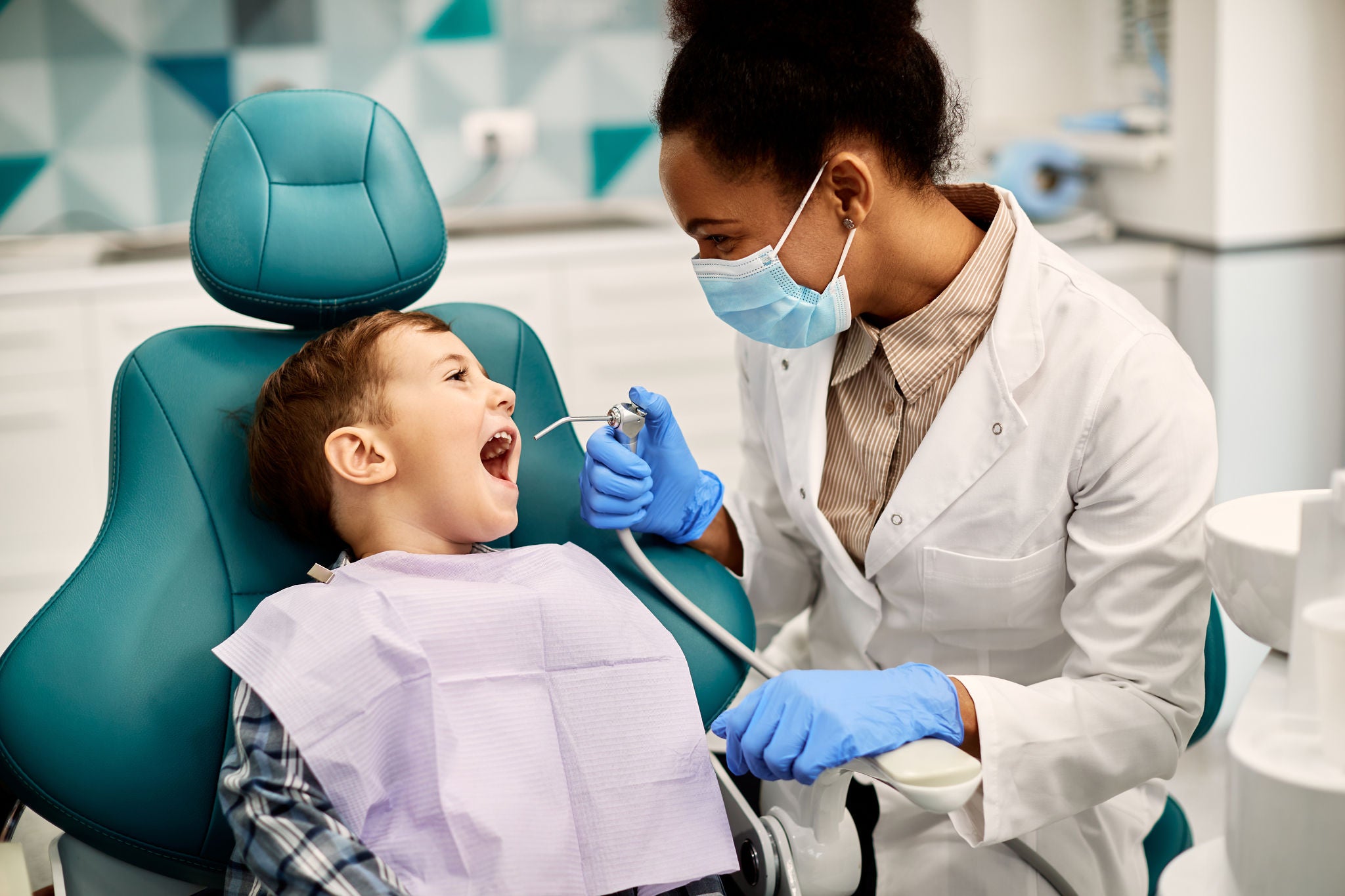
Pediatric Dentistry: Indispensable from the Beginning

Milk teeth are particularly prone to tooth decay: their enamel sheath is thinner than permanent teeth. But even with permanent teeth it takes about three years after their breakthrough, until they are fully mature and resistant. The removal of plaque by regular dental care is indispensable, because the bacteria otherwise form acids that attack the enamel and minerals from the tooth enamel.
In the infant, the presence of carious lesions or open carious defects of the deciduous teeth is the clearest risk factor for an increased risk of tooth decay on the permanent teeth. In addition, early loss of deciduous teeth often leads to complete closure of the affected region and retention and impaction of the permanent tooth, which must be treated orthodontically. This is not only unpleasant for the child, but also time consuming and costly for the parents.
There are indications of an increased caries risk in children [1] :
- ≥ 2 carious lesions in the past year
- early plain caries
- deep pits and fissures
Special risks that can lead to tooth decay in children:
- no or little fluoride application
- bad oral hygiene
- frequent consumption of sweets or sweet drinks
- irregular dentist visit
- too long baby bottle feeding or breastfeeding
[1] Caries Diagnosis and Risk Assessment. A Review of Preventive Strategies and Management. JADA, Vol. 126, June 1995, 7-S E. Reich: Age-Related Caries Diagnostics, Dental Magazine 2009, 238-241.

